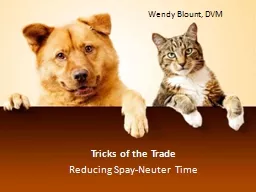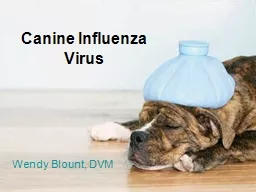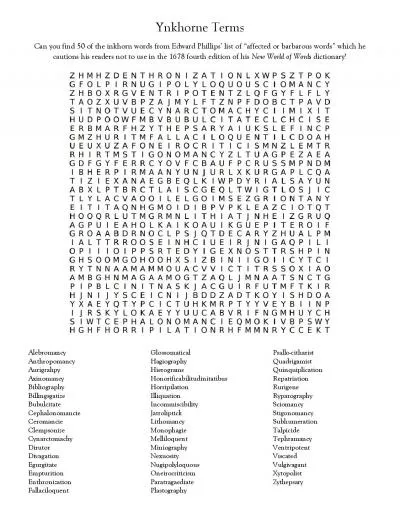PPT-Wendy Blount, DVM
Author : alexa-scheidler | Published Date : 2017-03-29
Tricks of the Trade Reducing SpayNeuter Time Marvin Mackie DVM Quick Spay James Wright DVM MPH ACPVM Dr Sara White BOD ASV Spay ASAP Inc Dr Karla Brestle Medical
Presentation Embed Code
Download Presentation
Download Presentation The PPT/PDF document "Wendy Blount, DVM" is the property of its rightful owner. Permission is granted to download and print the materials on this website for personal, non-commercial use only, and to display it on your personal computer provided you do not modify the materials and that you retain all copyright notices contained in the materials. By downloading content from our website, you accept the terms of this agreement.
Wendy Blount, DVM: Transcript
Download Rules Of Document
"Wendy Blount, DVM"The content belongs to its owner. You may download and print it for personal use, without modification, and keep all copyright notices. By downloading, you agree to these terms.
Related Documents














